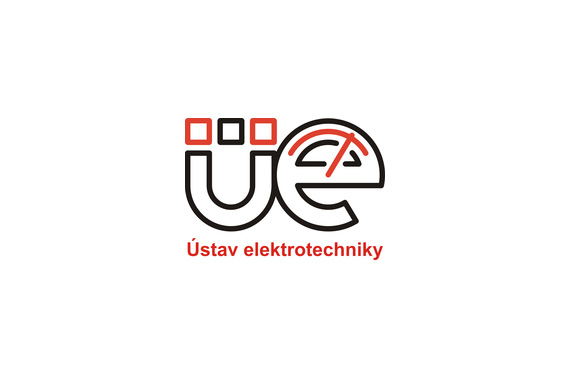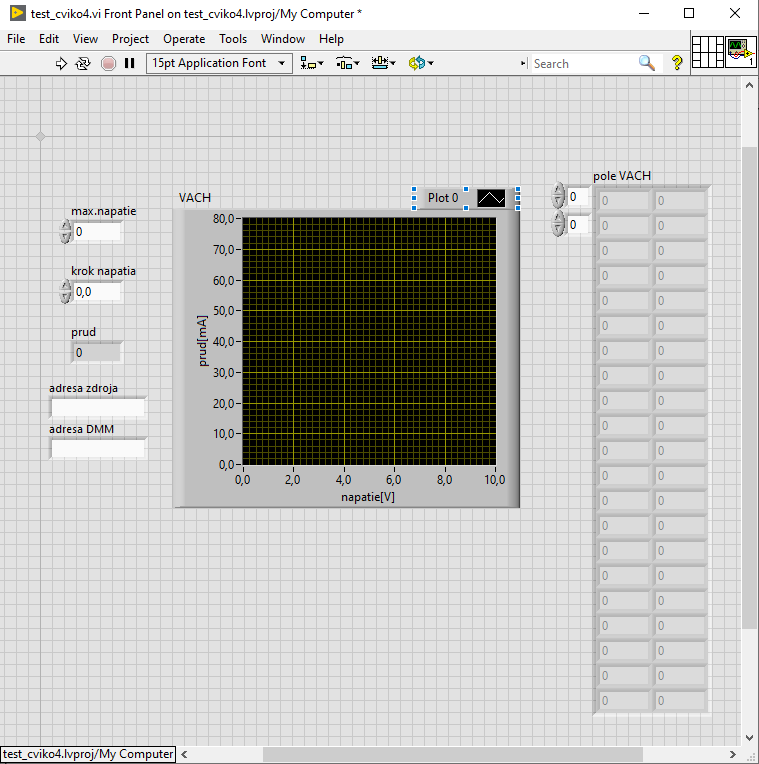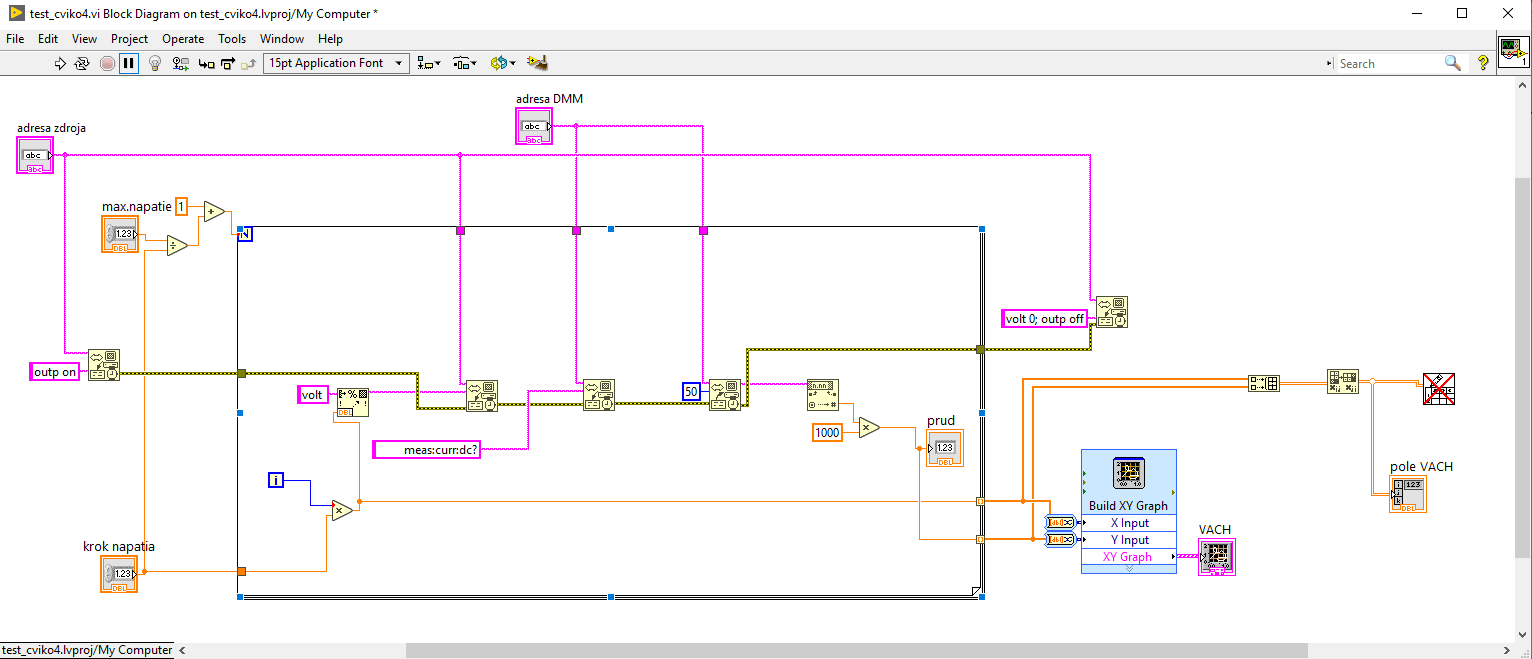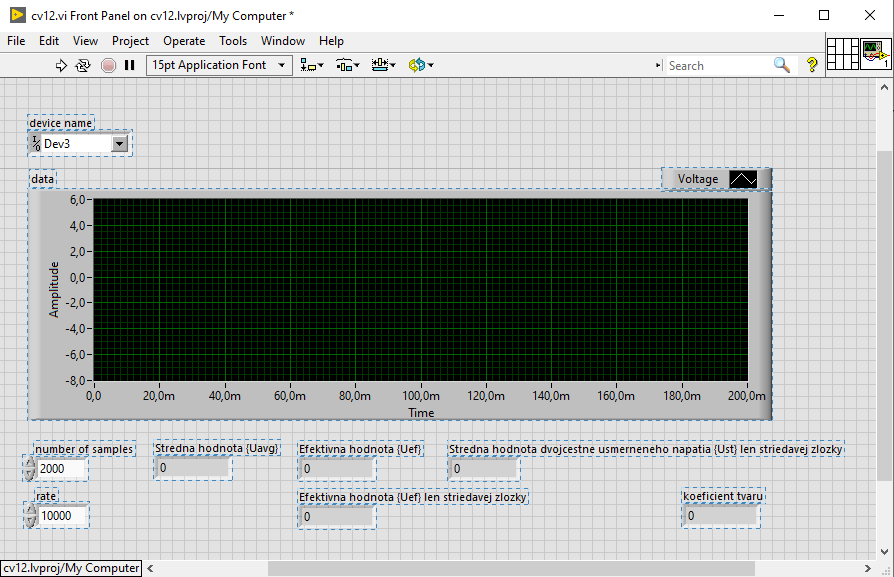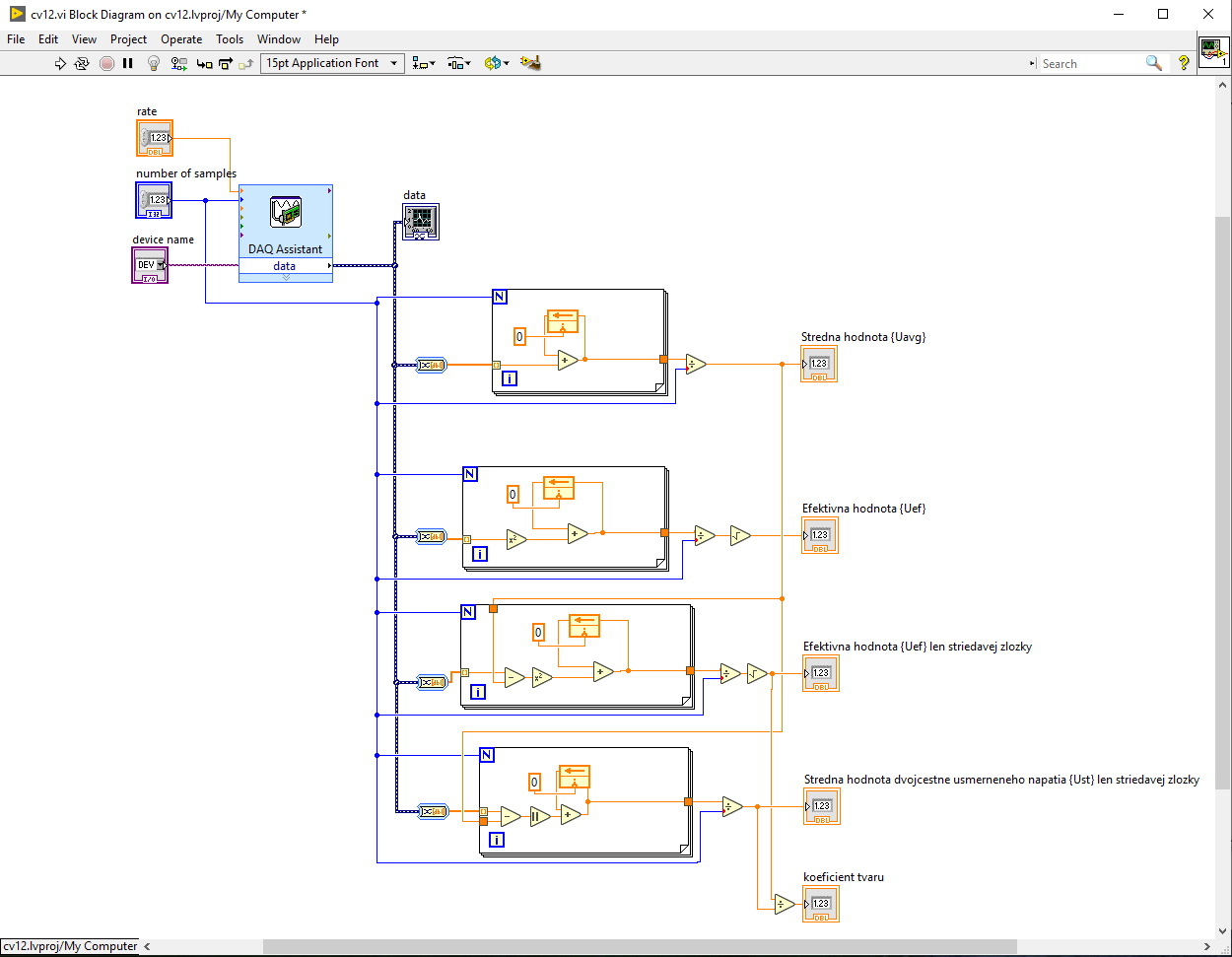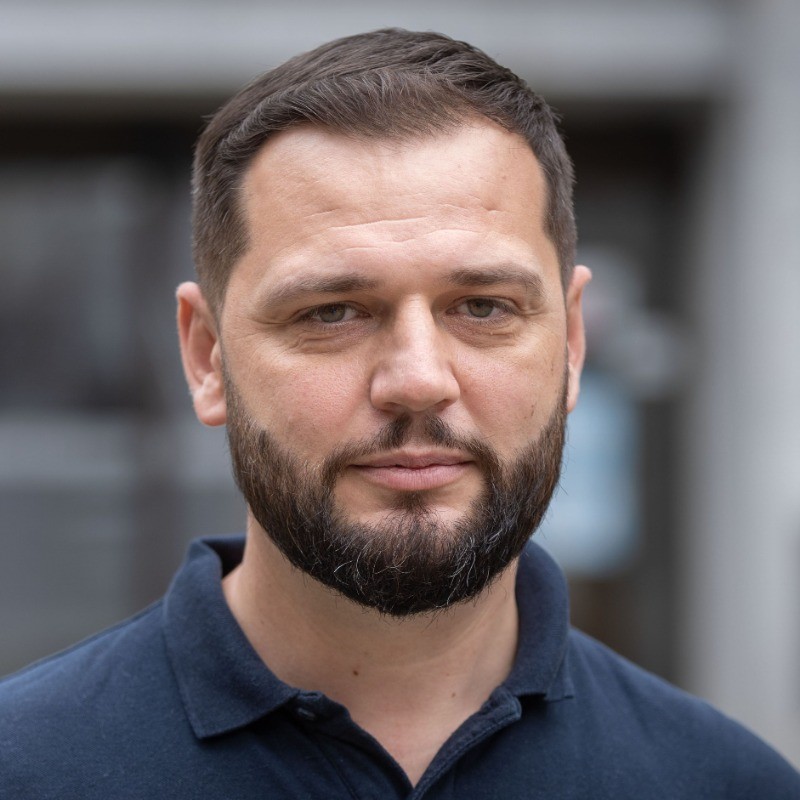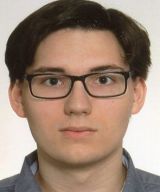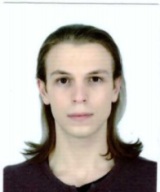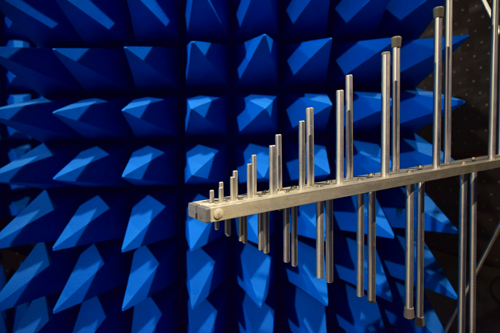Measuring technology 1
The aim of the course is to teach the student how to work with basic measuring instruments, as well as commonly used measurement procedures. In the exercises, students will experience working with LabView software – the industry standard in measurement and automation.
| College: | Slovak Technical University in Bratislava | ||||||||
| Faculty: | Faculty of Electrical Engineering and Computer Science | ||||||||
| Subject Code: | I-REA | ||||||||
| Name of subject: | Radio electronics and antennas | ||||||||
| Type, scope and method of educational activities: | |||||||||
|
|||||||||
| Number of credits: | 5 | ||||||||
| Recommended semester/trimester: | Space Engineering – engineering (compulsory elective), 2nd semester Space Engineering – engineering (compulsory elective), 2nd semester |
||||||||
| Degree of study: | 2. | ||||||||
| Prerequisite subjects: | None | ||||||||
| Prerequisites: | |||||||||
| During the semester the student will develop 4 individual projects. The form of the examination is written followed by an oral discussion. The maximum score for the project is 40 points. Final exam maximum 60 points. The maximum score for the entire course is 100 points. Passing all exercises and submitting all assignments is a requirement for admission to the exam. The student’s final grade is determined by the current syllabus. |
|||||||||
| Learning outcomes: | |||||||||
| The graduate of the course has an idea of electromagnetic (EM) fields excited by harmonic quantities. The energy transfer through EM fields and the processes that occur during this transfer.
Knowledge and understanding |
|||||||||
| Brief outline of the course: | |||||||||
| Maxwell’s equations (differential and integral form), boundary conditions, power and energy of EM field. Wave equation and its solution for sourceless, lossless environment, for lossy environment in different coordination systems. Wave propagation and its polarization, wave passage to other medium, wave reflection, perpendicular incidence, oblique incidence. Elementary EM field sources, elementary dipole, elementary loop. Finite length dipole, half wave dipole. Pocklington’s integral equation. Indoor and outdoor antenna problem. Antenna arrays. Radio communication equation. Methods and means for measuring electromagnetic parameters and fields. | |||||||||
| Recommended reading: | |||||||||
|
|||||||||
| Planned educational activities:
Direct contact (60 hours total): |
|||||||||
| Evaluation methods and criteria:
– seminar work 10% |
|||||||||
| Language required for the course:
Slovak or English |
|||||||||
| Notes: | |||||||||
| Course evaluation: | |||||||||
| Total number of students assessed: 0 | |||||||||
| Teacher: | |||||||||
| Ing. Michal Dzuriš (practitioner, lecturer, examiner) – Slovak, English prof. Ing. René Hart’anský, PhD. (trainee, lecturer, examiner, responsible for the subject) – Slovak, English Ing. Jakub Krchnák (trainee, lecturer, examiner) – Slovak, English |
|||||||||
Prerequisites for the course Antennas and Microwave Circuits
Some lectures and tutorials may be delivered remotely using MS Teams.
Antennas and microwave circuits exercises:
- The exercises will be focused on theoretical and practical preparation for the semester assignment.
Prerequisites to take the exam:
- You must earn at least 20 points on the term assignment.
Exam
1. Results during the semester (exercises): max. 40 points
- Term paper (40 points)
2. Examination (practical + written + oral part): max. 60 points
- The examination will be conducted in written form by full-time study. Alternatively, the written attendance form of the examination may be conducted by means of a test using MS Forms.
- You will be informed about the exact form of the exam at the last lecture.
———————————————————————————————
Total (Results during the semester + Exam): max. 100 points
Rating:
| A | excellent | <92-100> |
| B | very good | <83-92) |
| C | good | <74-83) |
| D | satisfactory | <65-74) |
| E | sufficiently | <56-65) |
| FX | Insufficient | <0-56) |
COURSE TUTORS
Join more than 100 students who study at the Institute of Electrical Engineering
Be part of ÚE and start your career.

